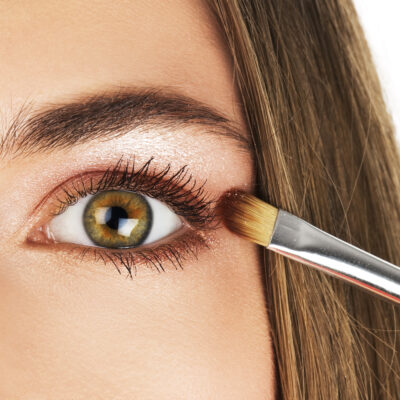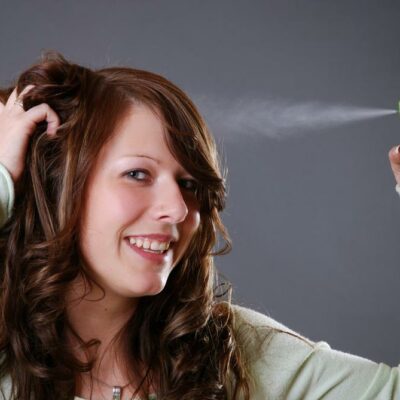
Here’s how oral hygiene is improved with mouthwash
Mouthwash is an additional step to twice a day, two minutes brushing with fluoride toothpaste and flossing. Besides eliminating bacteria in the mouth, mouthwashes are formulated for quite a few other purposes. The formulations would naturally depend on the objective to be met by the mouth rinse. Basically, there are two types of mouthwash. The common mouthwashes have various bactericides that are capable of killing a high level of bacteria in a short time and they are called therapeutic mouthwashes. The other is cosmetic and they do not contain any bactericides. They mask the bad odor for a short period. Therapeutic mouthwashes are available over the counter while some are available only under a prescription.
Mouthwashes are formulated with different objectives. One is used to prevent dry socket condition after the extraction of the third molar. Dry socket is a condition wherein the blood clot gets dislodged from the socket and is very painful for three to four days. This is common in the extraction of wisdom tooth. The real reason for Alveolar Osteitis or dry socket is not known. It is attributed to degradation of the colt by bacterial action. Studies have established that when chlorhexidine is used without antibiotics is effective in preventing Alveolar Osteitis. The gel is marginally better. Chlorhexidine stains the tongue, restorations, and teeth brown.
Mouthwashes formulated for control of plaque and gingivitis has bactericides like essential oils, cetylpyridinium, and chlorhexidine. For plaque control chlorhexidine is found to be more effective. Both chlorhexidine and cetylpyridinium stain teeth, dentures, restorations, and tongue brown.
Fluoride ions in mouthwashes are found to be very effective in fighting tooth decay. It acts independently of other sources of fluoride like fluoridated drinking water and toothpaste.
Mouthwashes are formulated for reducing pain after oral procedures. Topical anesthetics like dyclonine hydrochloride, lidocaine, etc. are the main agents in them.
Whitening of teeth is another objective with which mouthwashes are formulated. These contain 1% to 2% hydrogen peroxide or 10% carbamide peroxide. Studies have shown that hydrogen peroxide takes 12 weeks to get the same effect as 10% carbamide peroxide gel gives in 2 weeks. These are capable of removing extrinsic stains.
Xerostomia or dry mouth increases tooth decay and also a bad odor in the mouth. Alcohol dries the mouth hence mouth rinses with alcohol is not recommended for use in the dry mouth. Cellulose derivatives, certain enzymes, and animal mucins feel and act saliva.
Tobacco and alcohols are known risks for oral, cervical, and head cancers. There were concerns about using alcohols in mouth rinses. Reviews and meta-analyses have failed to show any relations between cancers in mouth, neck, and head nor any relation between the alcohol content and cancers.
Cosmetic mouth rinses do not contain any bactericide and have no effect on the bacterial population. These rinses can mask the bad odor from the mouth and leave a pleasant flavor for some length of time. Oral malodor is due to volatile sulfur compounds that are produced by the decomposition of food, bacteria, and plaque. Mouthwashes that contain bactericides like chlorhexidine, chlorine dioxide, essential oils, terpene, ionone, and ketone may have a longer effect.


